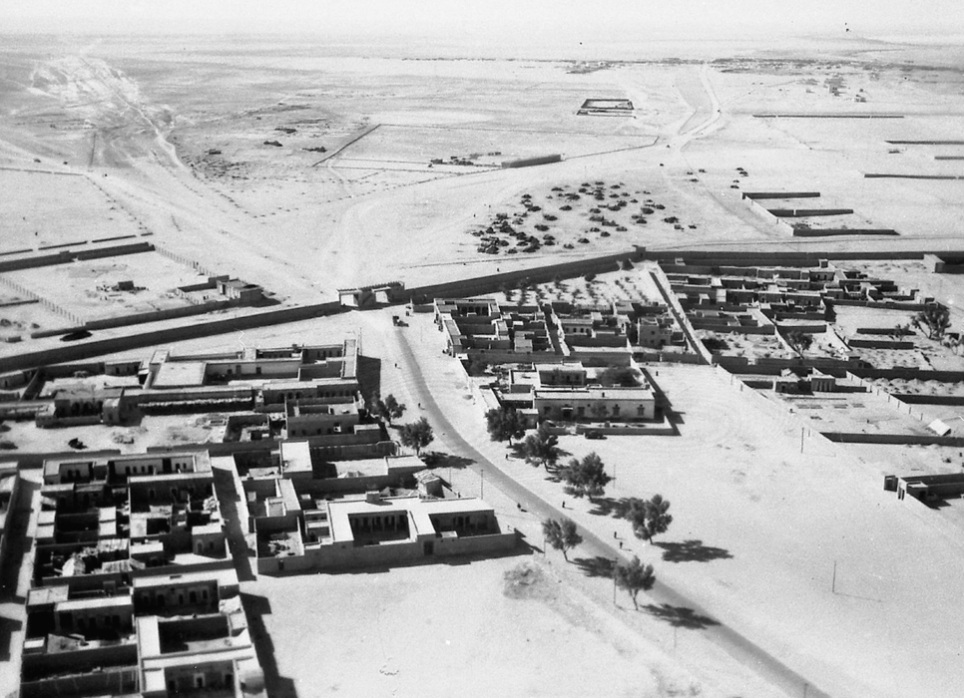
Desert landscapes serve as a site for the dynamic interplay of competing historical and geopolitical narratives. In Kuwait, tribal, colonial, and global conflicts across the hinterland have mobilized state planning efforts, articulating a geospatial division between urban and desert life. Concurrently, visioning tools such as hand-drawn maps and satellite imagery have not only shaped the understanding of this desert, but have been shaped by it. Through an examination of the forces that have driven its transformation, this landscape is shown as both product and producer of cultural, social, and political complexity. The contemporary desert exists as a patchwork, the result of a disparate collection of essential narratives projected onto the territory.
Continue reading:






